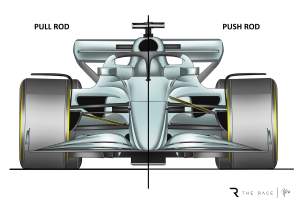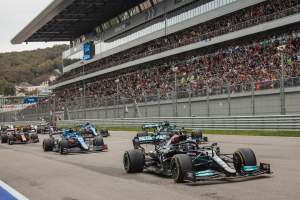Up Next

Formula 1’s cost cap was introduced last season, meaning that the 2022 cars will be the first to be designed and then run under restrictions that are supposed to tightly control what can be spent.
In 2022, the baseline figure for the cost cap is $140million. I say baseline because there are adjustments – for example an extra $1.2m for each of the extra races beyond a 21-race season and however much is agreed to cover each of the planned six sprint races, if they happen.
But this doesn’t mean teams will only be spending that as there are plenty of exclusions, including the drivers’ salaries and the pay of the three highest-paid executives and also all manner of aspects that are not directly related to the operation of the cars. So that includes heritage activities, electricity, gas and water bills, various employee costs outside of salary such as bonuses and power units. It’s a long list.
So just taking a rough stab at all of that, for a top team you could easily still be talking about an overall budget of $350m+ just to put two cars on the grid on a Sunday afternoon.
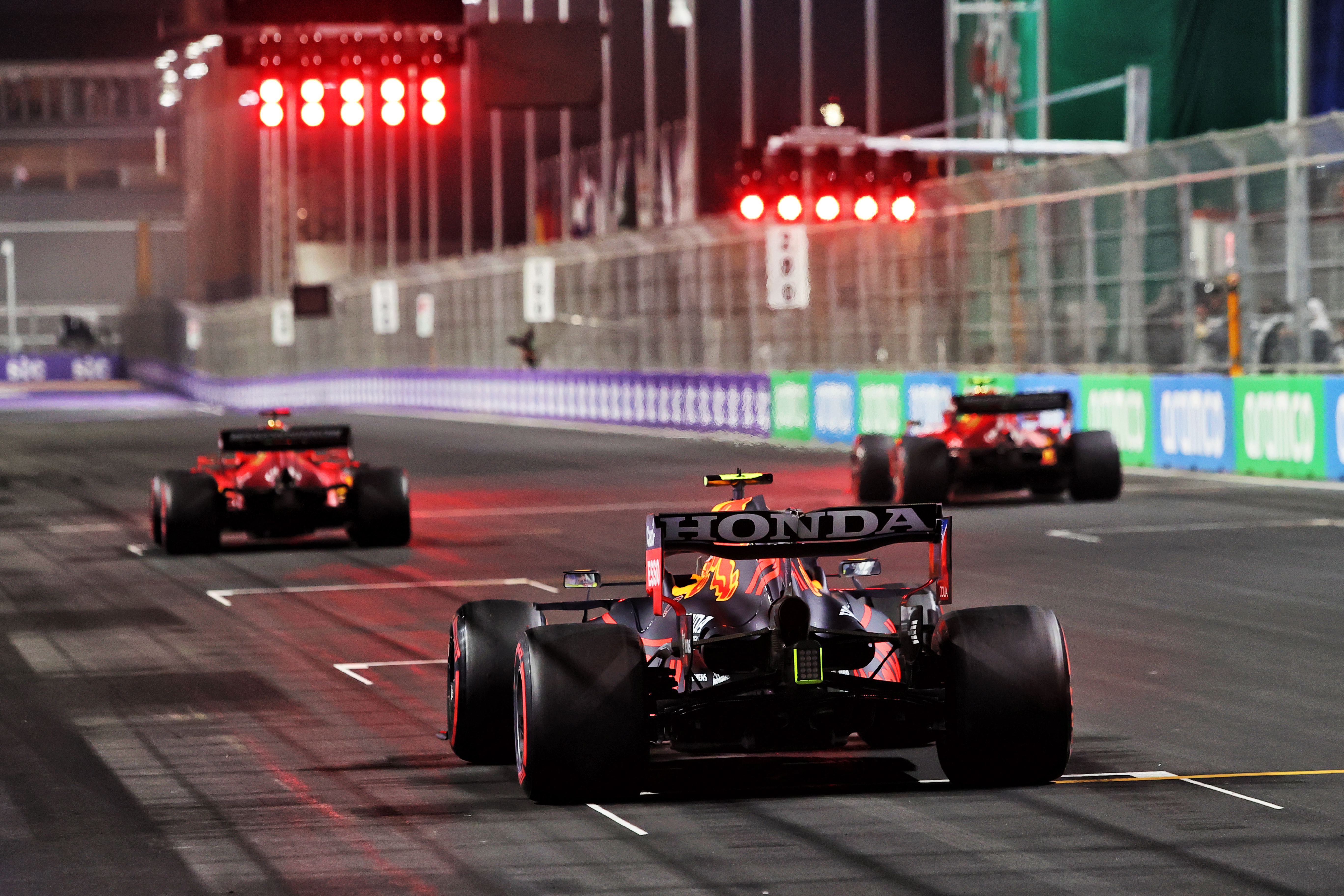
The cost cap is focused on the design, development and operation of the cars. It’s difficult to quantify exactly how much the big teams have had to cut back. They were spending in the low-to-mid $400m bracket prior to the COVID-19 pandemic hitting but a significant amount of that will be on areas excluded by the cost cap.
I think this is the wrong way to go about a budget cap. It should cover everything and then it is down to the team to make some big decisions. Does it want to pay $40-50m to a number one driver, or would it be better off spending that on the car and signing the best driver it can get for, say, $10m. It’s the same for the top three earners, would it be better to have three or four extra engineers on the cliff face instead of one King Kong?
If it was all in at, let’s say, $200-$250m it would then be so much easier to police. I’m pretty sure there will be questions being asked about how X team can do that within the budget cap. You can’t stop people who work for a subsidiary company thinking about things and coming up with ideas and passing them on down the pub one evening. If I was to list the good ideas that came whilst supping a pint, it would be a very long list.
That’s why, for me, the way it is now is a mess and could very easily end up with similar aggro to what F1 has gone through since the final race of 2021. If there are any grey areas in any of the rules someone will exploit them, sometimes innocently but more often to get one over the competition. And they will have been looking very closely for such loopholes.
One thing we can be sure of is that the cost cap is even tighter than was originally planned. Pre-COVID, the cost cap was set at $175m so that dropped by $30m for 2021 then a further $5m this year. So the reduction, no matter how you look at it, is measured in the multiple tens of millions at least.
We also know that to comply with this the big teams have had to cut back on staff, which they’ve attempted to do by moving staff onto other projects. For example, Ferrari has seconded more staff to Haas with a new building built at Maranello for those purposes, while Mercedes has taken on projects like the America’s Cup.
Staff costs are a big cost centre but there have also been other changes. Everything you do has a cost, so there will be a reduction in the amount of things that you can do – for example you might have to build fewer windtunnel models and model components or take on fewer long term research projects simply because you don’t have the financial flexibility to do so, you may need to start thinking of what you need today as opposed to next year.
Moveable targets like accident damage can have a major impact – for Ferrari, that bill was around £2.5m last year – this means that things are not entirely predictable. If you have spent your budget and have a couple of big accidents three races before the end of the season, does that mean that your season ends early?
So for the largest teams there will have been cutbacks, restructures, changes that prevent anyone just spending their way out of trouble. Some teams will have been at about the right level so no real changes while for the smaller ones having that sort of money to spend will still be a dream, so it’s a very different challenge for different teams.
The big teams will have to work smarter and on a smaller budget than what they have been accustomed to. That can be difficult to adapt to especially with these new regulations for 2022.
In my days as a technical director, I usually worked for teams that had smaller budgets but had plenty of years where the expected money coming in didn’t materialise so cuts had to be made.
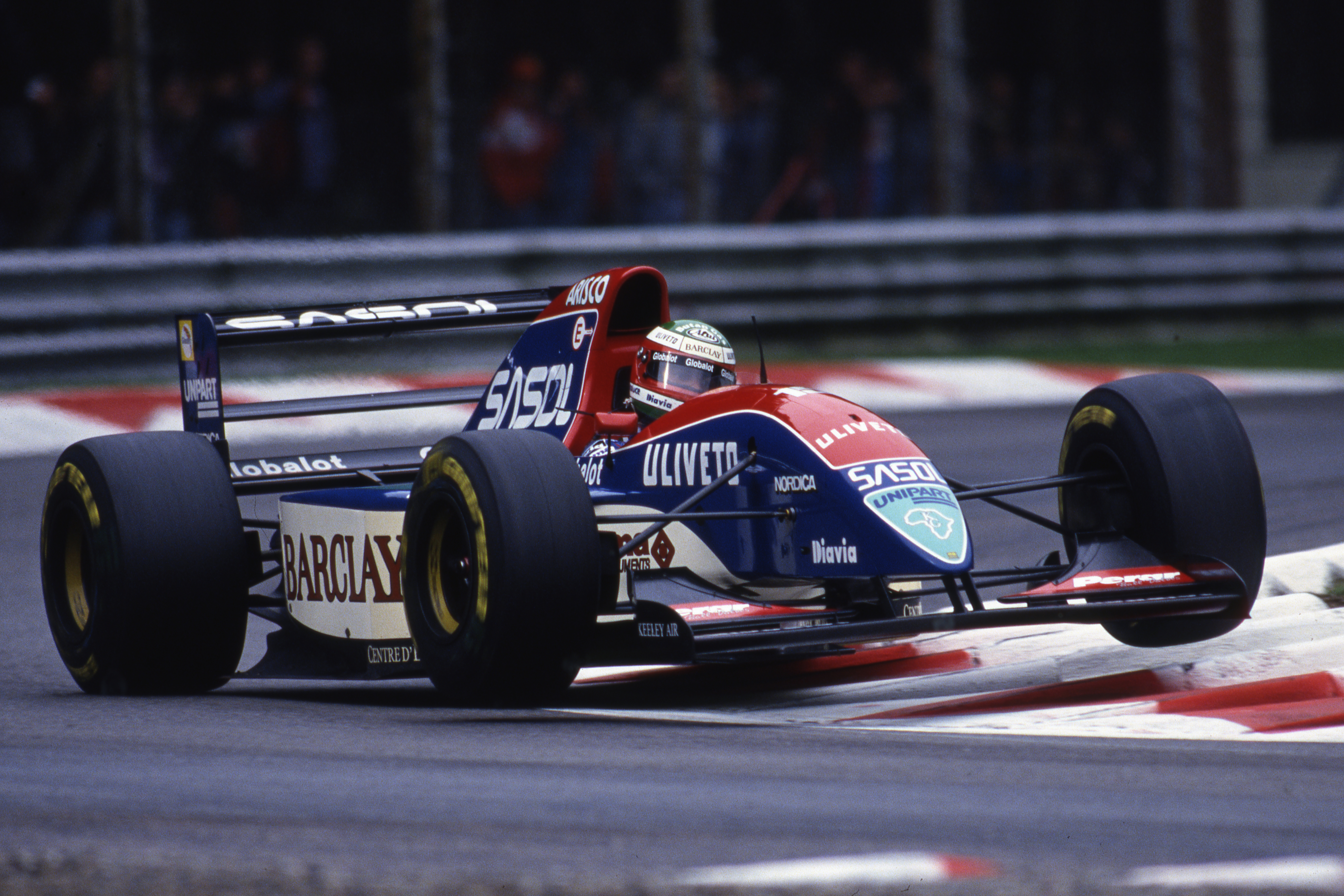
You can’t really save much on going racing itself, so it normally came at the expense of development. We also went through plenty of periods where we had to cut back on staff, this can all be a very disruptive experience as it leaves the people still there wondering if they might be next.
Sometimes it’s not just about cutting back, but changing the way you do things. The big teams will have developed all their processes and working practices for a certain spending level.
The objective has been to maximise design, research and development time and reduce manufacturing time. This has led to lots of machines sitting waiting for drawings to be released, so there will have to be lots of changes to the way things are done. That can impact the quality and quantity of your work.
Some of the teams would have at least two windtunnel models, one operating in the tunnel with another being prepared to a different specification. Changing over the model in the tunnel can be a lot less time consuming than changing the spec of the model in the tunnel. It is also a lot more accurate, as everything can be set up using jigs or with the model sitting on a surface table.
As for windtunnel model parts, you would normally hone the final specification of a component by testing the extremes and then refining the detail in steps until you end up with the best solution for your individual requirement. Some of those steps may need to be eliminated, meaning that the risk level of the component not doing what you expected gets higher. So when I say working smarter, that is what I mean.
However it’s not just the budget cap that affects this. The reduction in windtunnel time and CFD analysis runs for the more successful teams will also be a hit as far as this is concerned. So for some of the teams, it’s double whammy and just at a time when the thing you would want would be more research time on your 2022 package.
For the smaller and less successful teams, it is the opposite. They get more time in the tunnel and CFD runs and they have never had the pleasure of massive budgets. So, in reality, they won’t have to change how they operate very much. They key thing for them is for them to focus on why they have been less successful and address this now that the budget cap should make things more equal.
As I said earlier, the one positive thing is that the budget cap should reduce the chances of the big spenders simply spending their way out of trouble. If a smaller team finds that magic gizmo, it might just mean that it will be able to keep that advantage for much longer in the season.
In the past, the big spenders would simply arrive at the third or fourth race with enough changes to overpower you. But this will reduce the amount of money the big spenders will be able to spend on long-term research, meaning everyone will have to spend for today – which in reality is what the smaller teams have always had to do.
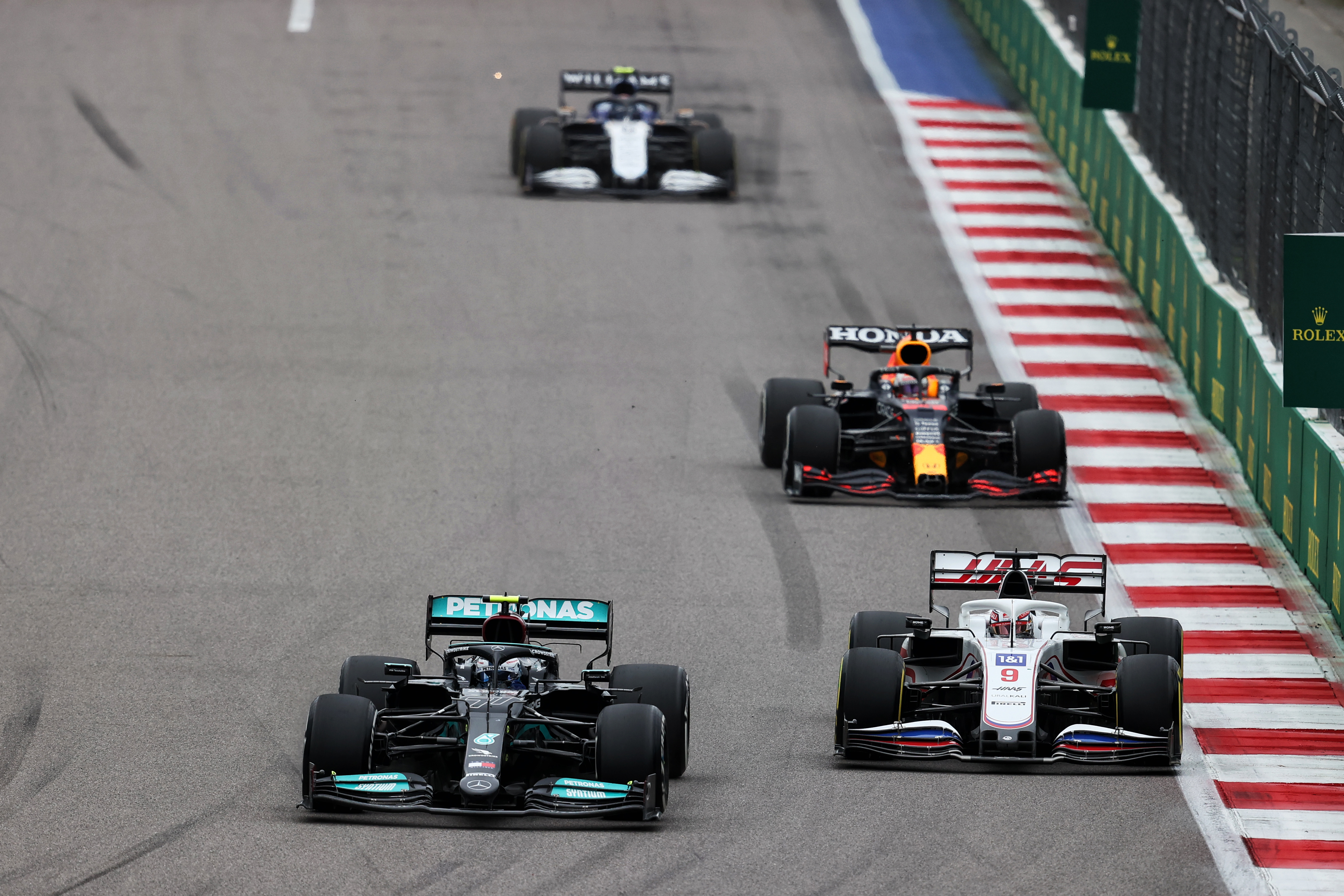
So the million dollar question is: will the budget cap make the competition closer? I think it will as long as the powers that be can implement and police it correctly.
As long as it doesn’t simply end up with those that can afford it finding a way around this control and spending what they want anyway, then I believe it will be a positive solution.
However, I still argue it would have been a lot better and a lot fairer if it included everything.





